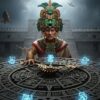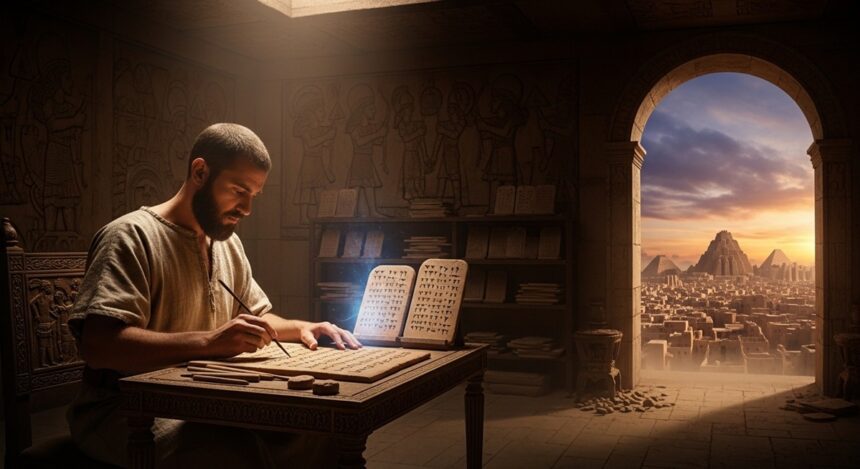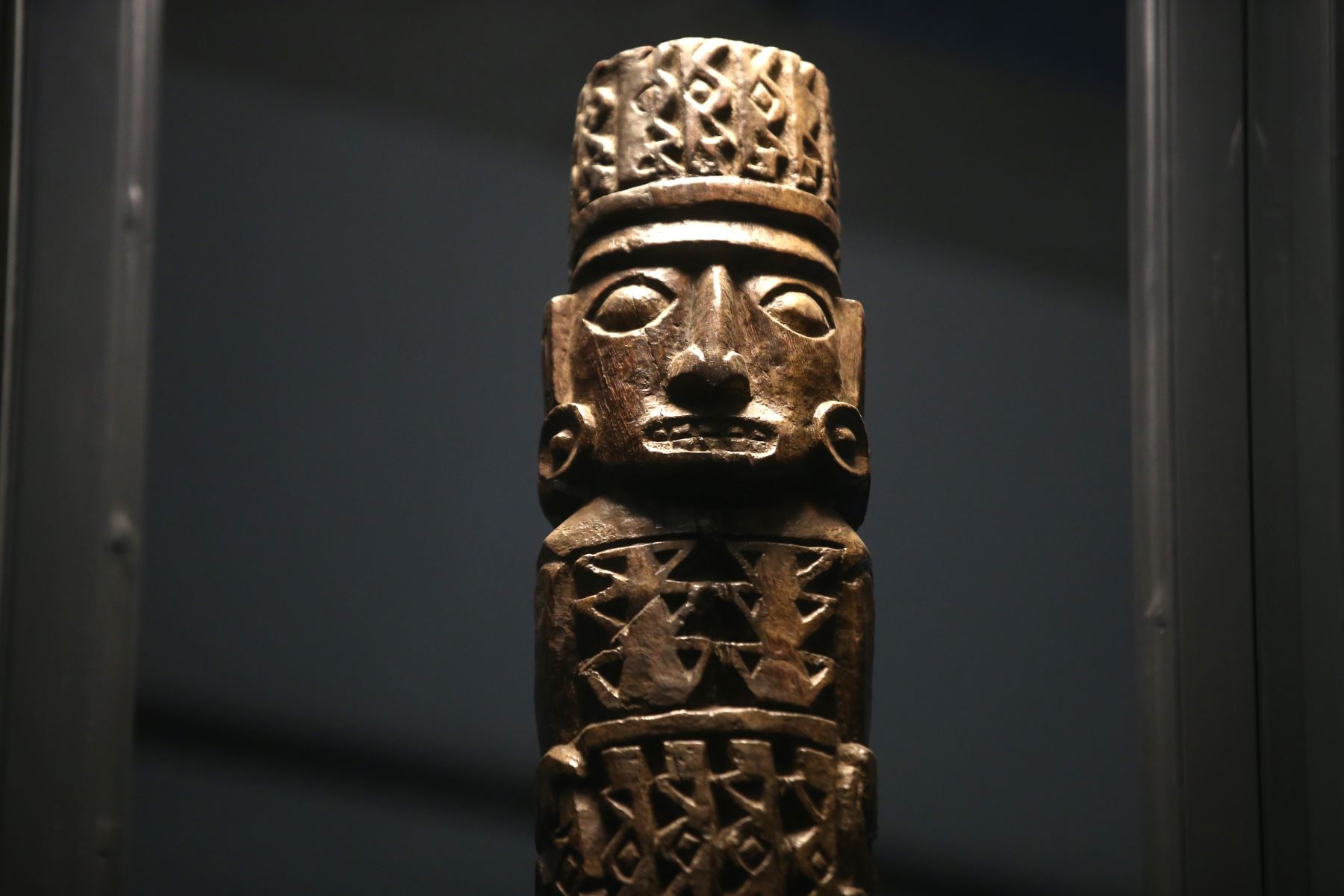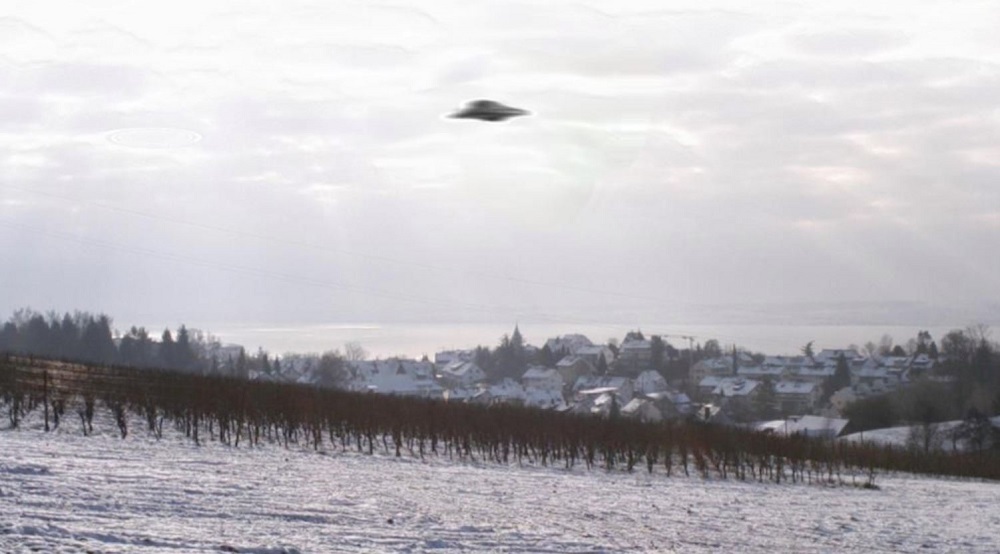Have you ever wondered if the timeless tale of Adam and Eve, that foundational story of creation, temptation, and the fall from grace emerged in isolation? Spoiler alert: it didn’t. Deep in the cradle of civilization, the ancient lands of Mesopotamia birthed narratives that whisper strikingly similar themes. From the sun-baked plains of Sumer to the grand ziggurats of Babylon, myths penned on clay tablets millennia before the Bible offer tantalizing parallels.
Drawing from ancient texts like the Epic of Gilgamesh, the Myth of Adapa, Enki and Ninhursag, and Atrahasis, we’ll uncover how these stories influenced biblical scribes, especially during the Babylonian Exile in the 6th century BCE. By the end, you’ll see the Adam and Eve myth not as a standalone divine revelation, but as a masterful adaptation of older archetypes, tailored to a monotheistic worldview.
The Roots of Creation: Man from Clay and the Spark of Divinity
At the heart of the Adam and Eve story lies the act of creation itself. In Genesis 2:7, God molds Adam from the “dust of the ground”— essentially clay— and breathes into him the “breath of life,” transforming inert earth into a living soul. This duality of earthly humility and divine essence underscores humanity’s unique place in the cosmos, created in God’s image yet bound to the soil.
Turn back the clock to Mesopotamia, and you’ll find this motif etched into the very foundations of their worldview. The Akkadian epic Atrahasis, dating to around the 18th century BCE, paints a vivid picture of gods weary from toiling the earth. To ease their burden, the clever god Enki (known as Ea in Akkadian) devises a plan: sacrifice a lesser deity, mix his blood and flesh with clay, and let the mother goddess Mami (or Nintu) fashion humanity. The text declares, “With his flesh and blood, let Nintu mix clay, so that god and man may be thoroughly mixed in the clay.” This infusion creates the “etemma,” a spiritual link binding humans to the divine, much like the biblical breath of life.
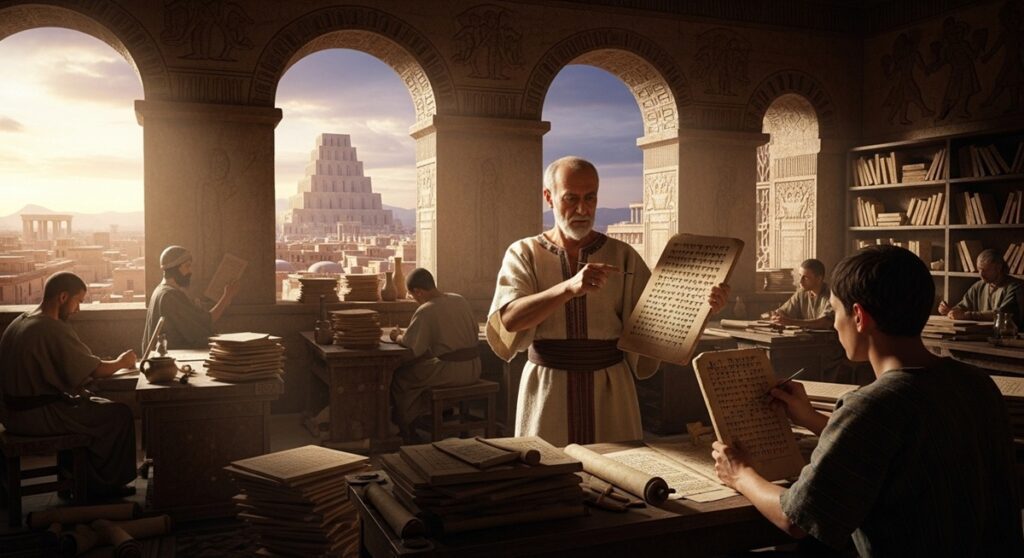
But why clay? In ancient Mesopotamia, clay was ubiquitous, symbolizing fertility and the life-giving silt of the Tigris and Euphrates rivers. It represented the raw, malleable stuff of existence, just as in Genesis, where “adam” derives from “adamah,” meaning ground or earth. This parallel highlights a shared cultural emphasis on humans as servants— in Atrahasis, we’re made to labor for the gods, relieving them of drudgery. Contrast this with the Bible’s elevation: humans are stewards of creation, reflecting God’s image (Genesis 1:27).
Enkidu: The Wild Prototype of Adam
Delve into the Epic of Gilgamesh, one of the oldest surviving works of literature (circa 2100–1200 BCE), and meet Enkidu, a figure who echoes Adam’s primal innocence. Crafted by the goddess Aruru from a pinch of clay, Enkidu roams the wilderness in harmony with beasts, unclothed and untamed. The epic describes: “Aruru washed her hands, she pinched off clay, she tossed it upon the steppe; she created valiant Enkidu.” Like Adam in Eden, Enkidu lives in idyllic bliss until a woman enters the scene, leading to his “civilization” and eventual awareness of mortality.
This clay-born wild man serves as a bridge between nature and culture, much as Adam transitions from garden dweller to toiler of cursed ground. Scholars argue these stories reflect real societal shifts, from hunter-gatherer life to agriculture but mythologically, they underscore humanity’s hybrid nature: part divine, part dirt.
To visualize this era’s artistry, consider the terracotta wall panel depicting Enkidu from 2027–1763 BCE. This artifact shows a muscular, hairy figure grappling with animals, embodying that raw, pre-fall vitality. It’s a tangible link to how ancients imagined their origins, far predating biblical codification.
Paradise Lost and Found: Eden’s Mesopotamian Counterparts
Eden: that lush, river-fed haven where life blooms without pain or peril. Genesis 2:8–10 describes it as a divine garden planted eastward, teeming with fruitful trees and guarded by cherubim post-exile. It’s a symbol of lost perfection, a place where humanity walked with God before the fall.
Mesopotamia offers its own visions of such utopias, none more evocative than Dilmun in the Sumerian myth Enki and Ninhursag (around 2000 BCE). Dilmun is portrayed as a “pure land, the clean land, the bright land,” where “the lion kills not, the wolf snatches not the lamb,” and no one suffers illness or old age. Enki, the god of fresh waters and wisdom, irrigates this barren spot, turning it into a verdant paradise bursting with plants and abundance.

Linguistically, the connection intrigues: the Hebrew “Eden” might stem from the Sumerian “edin,” meaning plain or steppe, often associated with fertile lands between rivers. In Dilmun, Enki’s creative acts mirror God’s planting of Eden, both involve divine intervention to foster life from desolation.
Immortality’s Garden in Gilgamesh and Beyond
The Epic of Gilgamesh extends this theme with Utnapishtim’s post-flood abode at the “mouth of the rivers,” a distant paradise echoing Eden’s four rivers (Pishon, Gihon, Tigris, Euphrates). Here, immortality is tantalizingly close, guarded by natural barriers much like Eden’s flaming sword.
These gardens aren’t just settings; they’re metaphors for divine favor and human longing. In Babylonian lore, such as the Eridu Genesis, paradise represents a pre-diluvian golden age shattered by hubris or divine whim. The Babylonian Exile likely exposed Jewish exiles to these tales, allowing them to reframe polytheistic idylls into a monotheistic cautionary tale.
Imagine the “cylinder seal of Adam and Eve,” a Post-Akkadian artifact from circa 2200–2100 BCE, as drawn by George Smith. This seal impression often depicts a man and woman flanking a tree, with a serpent nearby, eerily prescient of Genesis. While interpretations vary, it fuels speculation about shared iconography across cultures.
The Bitter Fruit of Knowledge: Temptation and the Price of Wisdom
No element of the Adam and Eve myth grips us like the forbidden fruit. In Genesis 3:1–6, the serpent tempts Eve with the Tree of Knowledge of Good and Evil, promising godlike insight. They eat, eyes open to nakedness and morality, but paradise crumbles— exile, toil, and death follow.
Mesopotamian echoes abound, starting with Enki and Ninhursag. In Dilmun’s garden, Enki devours eight sacred plants forbidden by Ninhursag, incurring curses that afflict his body, including his rib. To cure him, Ninhursag births Ninti, the “lady of the rib” or “lady who makes live”, a pun on Sumerian “ti” for both rib and life. This directly parallels Eve’s creation from Adam’s rib (Genesis 2:21–22) and her title as “mother of all living” (Genesis 3:20).
The act of eating forbidden flora brings woe: Enki’s transgression introduces suffering into paradise, akin to the biblical fall cursing the earth.
Adapa’s Refusal and Gilgamesh’s Quest
The Myth of Adapa, an Akkadian tale from circa 1400 BCE, flips the script. Adapa, Enki’s wise son, ascends to heaven but heeds his father’s warning not to consume the “bread and water of life,” mistaking them for death’s fare. The gods lament: “Adapa, why did you not eat or drink? Hence you shall not live.” Here, refusal— not indulgence— costs immortality, yet the outcome mirrors Adam’s: humanity’s doomed to mortality.
In Gilgamesh, Enkidu’s encounter with Shamhat the harlot awakens his intellect: “He became like a man… but the gazelles turned away.” Knowledge severs ties to innocent nature, echoing Adam and Eve’s shame-fueled covering of nakedness.
These stories probe the double-edged sword of wisdom: empowering yet destructive. Mesopotamian gods are capricious, dooming humans through tricks; the Bible shifts blame to human choice, emphasizing free will and sin.
The Serpent’s Shadow: Exile, Curses, and Eternal Loss
The serpent— cunning tempter in Genesis— seals humanity’s fate, promising enlightenment but delivering expulsion. God curses the ground, condemns Eve to painful childbirth, and banishes the pair lest they claim the Tree of Life (Genesis 3:14–24).
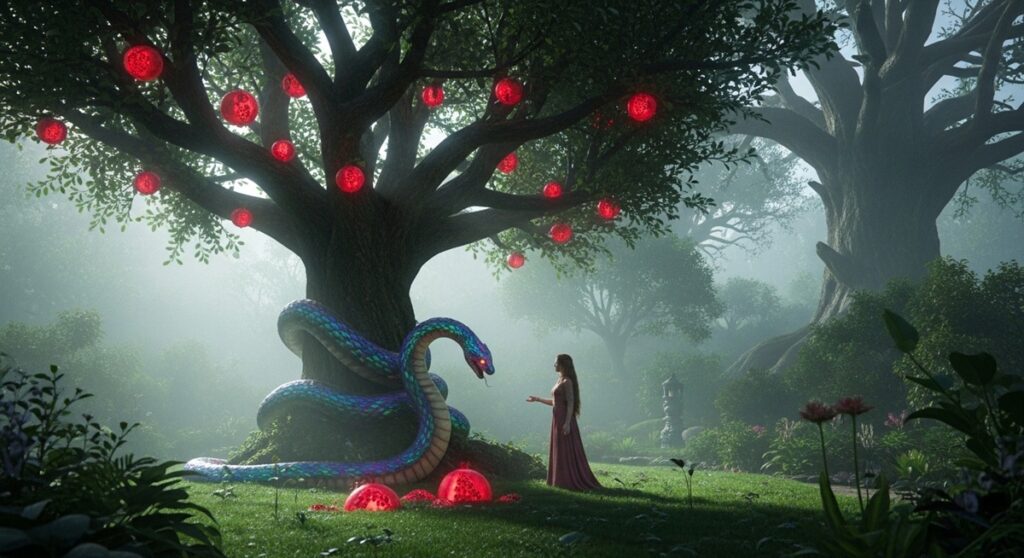
In Mesopotamia, serpents symbolize both wisdom and theft of immortality. Gilgamesh retrieves a rejuvenating plant from the sea’s depths, only for a serpent to snatch it, shedding its skin in renewal— a motif of lost eternal youth.
Adapa’s tale ends in earthly return, burdened with disease and death. Enki’s curses in Dilmun alter paradise, introducing toil and mortality, much like Genesis’s cursed soil.
Ugaritic influences, tied to Mesopotamian lore, feature serpent-gods biting mortals, stripping immortality. These parallels suggest a regional archetype: serpents as guardians or thieves of divine secrets.
Exile themes in Atrahasis and Gilgamesh reflect floods and divine purges, resetting humanity’s lot. The Bible adapts this into a moral framework, where exile stems from disobedience, not godly caprice.
Bridging Worlds: Cultural Exchanges and Enduring Legacies
These parallels are evolution. During the Babylonian Captivity, Jewish scholars encountered Mesopotamian epics in cuneiform libraries, reworking polytheistic elements into Yahwistic theology. Themes of creation, paradise, temptation, and fall became tools for exploring monotheism, ethics, and redemption.
Today, these myths remind us of our shared human story, questioning origins, grappling with knowledge’s cost, and mourning lost innocence. They bridge ancient worlds, showing how stories adapt yet endure.
In artifacts like the cylinder seal or Enkidu panel, we glimpse this continuity, urging us to dig deeper into history’s clay.





